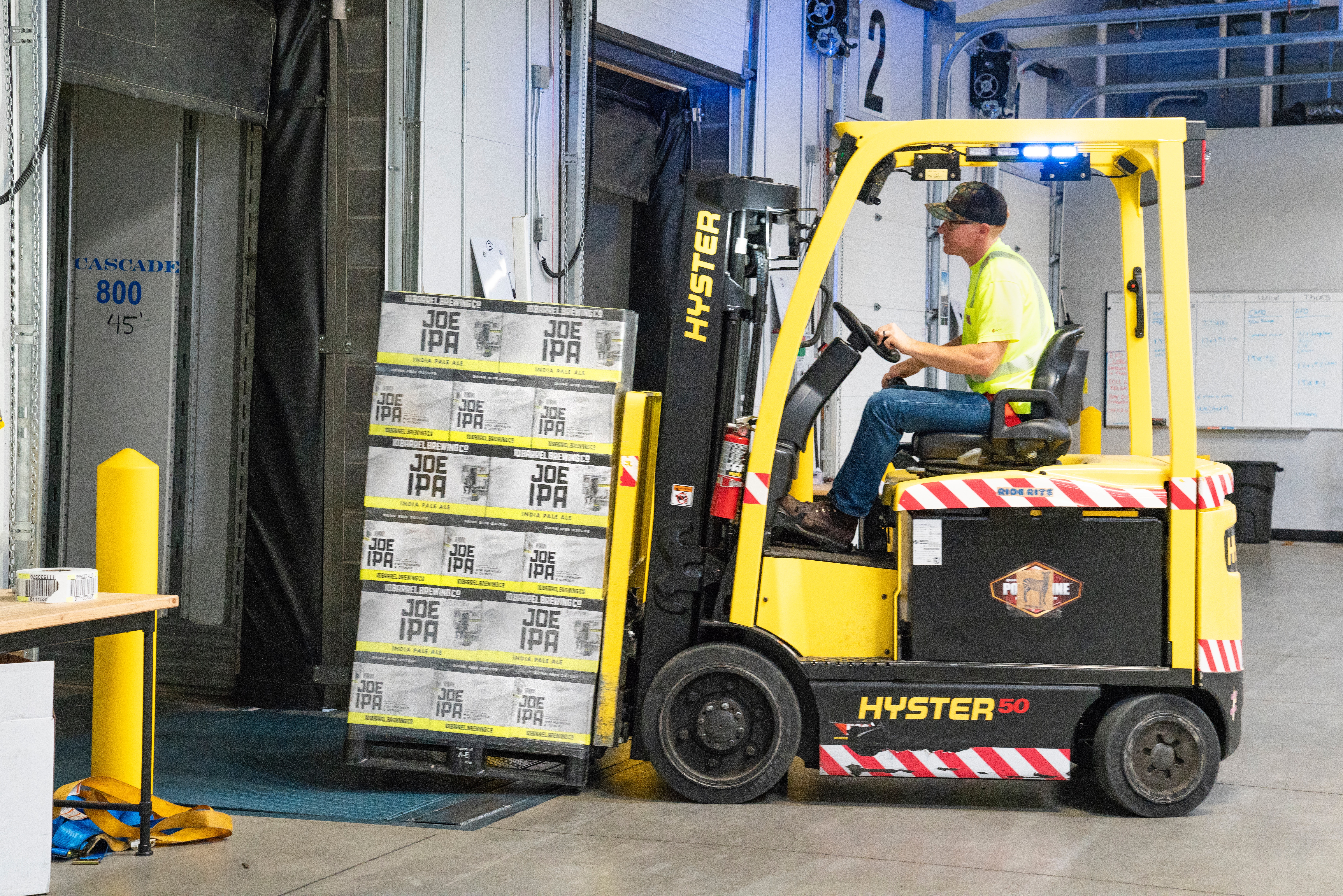
The logistics sector in India has seen a lot of activity in the past year, especially after the introduction of Goods & Services Tax (GST) and the granting of infrastructure status to this sector. Trends of end to end amalgamation of logistics services instead of pure-play transportation services have also started to emerge. Road transport in India is an eternal part in logistics as they are connected by the national & state highways and urban & rural roads. On the other side of the spectrum, rising costs related to transportation have led to companies outsourcing logistics related activities like storage & warehousing, non-manufacturing related processing to 3PL players in the country.
Reverse logistics, or the logistics involved in returning a product back to the manufacturer or repackaging / refurbishing, is disrupting this $ 160 bn industry. With the increase in internet users to approximately 400 mn, reverse logistics has suddenly become more relevant and noticeable due to real-time feedback and returns generated by end customers. India’s e-commerce sector is propelling itself to reach greater heights, growing at an annual rate of 51%. While the retail segment penetration has sky - rocketed to 65 mn users a month, reverse logistics is struggling to keep pace with the demand.
Reverse logistics primarily includes all the activities associated with a product or service after the sale has been done. Broadly, it can be divided into 5 categories:
- Returns / Exchanges: This is by far the largest component of reverse logistics. This is when the product/service is unacceptable to the customer/consumer due to certain mismatch of expectations.
- Reselling Returned Products: There are companies currently in India dedicated to this segment of reverse logistics.
- Repairs: This segment is currently increasing year on year, as companies are trying to reduce their inventory costs by keeping less returned/defective products.
- Recycling: With the increasing focus on sustainability, recycling has become a major component in any company’s supply chain.
- Replacements: This the most complex supply chain segment. It involves going back to the source/manufacturer.
Reverse logistics is already offering better margins to logistics players compared to freight forwarding. Till recent times, the reverse logistics market was largely unorganized, but with the growth of e-commerce and establishment of major players like Amazon and Flipkart, which prefer organized players, this segment has seen a bunch of new companies. Companies like Mahindra & Mahindra have launched their own reverse logistics arm with warehouses to cash in on this opportunity. Other companies such as Dixon, RT Outsourcing, DHL, RLG etc. have forayed into this segment by providing customized solutions to businesses. Even startups like Blubirch, which raised $ 2 mn in angel funding in 2015, have come up in this exciting new segment.
According to estimates, the market size for reverse logistics is approximately $ 30 bn and is expected to reach $ 50 bn by 2020, growing at a CAGR of 10%. Every purchase done via the internet has some probability of it being returned/replaced, and the sheer size of the Indian online purchases makes reverse logistics something hard to ignore. Typically, a product once returned was considered as dead inventory, but now it is being re-packaged, re-furbished and re-oriented to suit a wider audience/market.
On the downside, reverse logistics also presents a major headache for e-commerce companies. The major problem customers spending a lot of money on buying products online and having high expectations. Given that the products cannot be physically examined before buying, it becomes the responsibility of the company to maintain that they send perfect products. Even if there is one flaw, the company gets negative publicity and ends up taking a reputation hit. Thus, for faulty products, it becomes the immediate responsibility of the company to offer a replacement or a repair. However, due to a lack of an established framework for reverse logistics, companies may end up being negligent of their customers’ problems. Thus, companies should focus on coming up with new approaches to reverse logistics. Supporting this thought, e-commerce companies and large product companies have started to bear the cost of reverse logistics with their logistics partners, something that was not the case a few years back.
If implemented properly, reverse logistics can decrease the return processing costs by approximately 25%, increase productivity by 10%, increase net profits by 2 - 5% and increase customer satisfaction and retention by a lot. If not implemented well, it can haunt a company later by decreasing customer satisfaction and increasing customer switch to other retailers/businesses.






